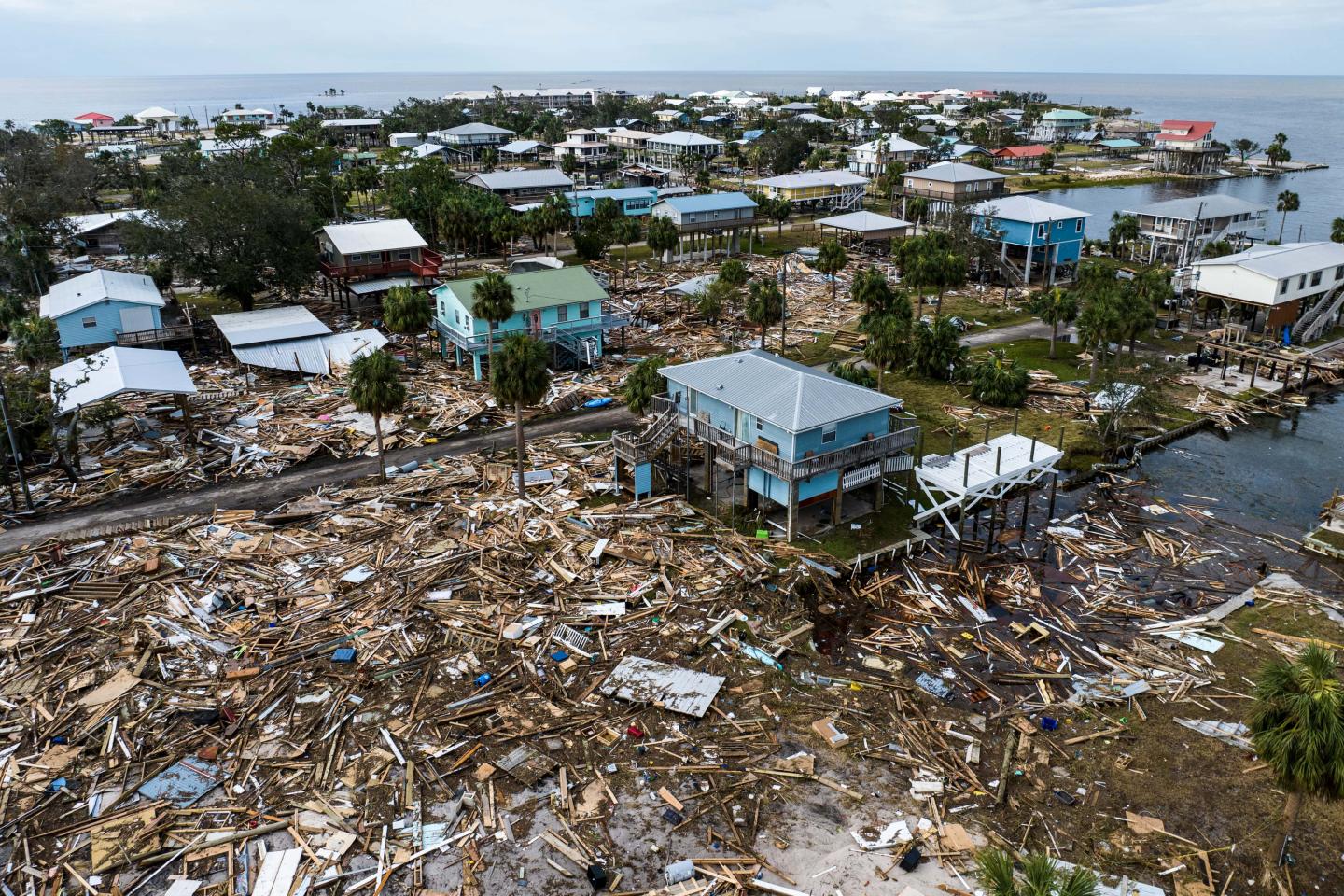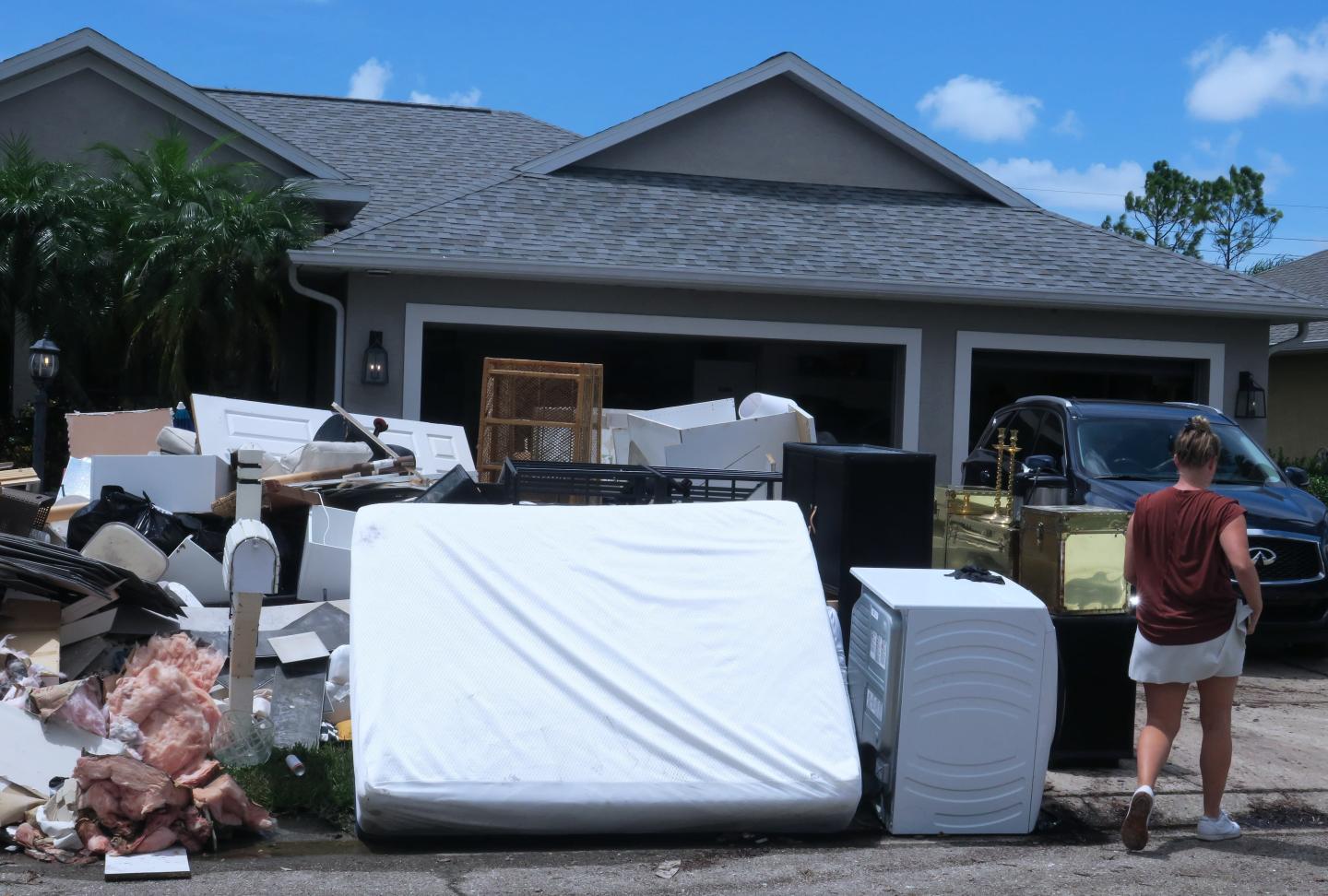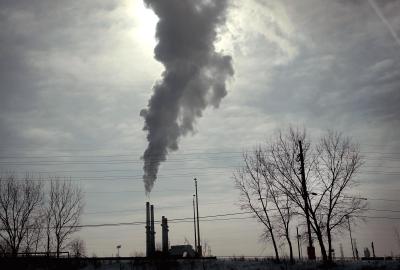5 things you should know about the rising cost of home insurance
From canceled policies to skyrocketing rates, homeowners across the U.S. are facing an insurance crisis -- and right now, people need home insurance more than ever. It's a costly consequence of the record amount of planet-warming pollution in the atmosphere, which creates the ideal conditions for more destructive weather like monster hurricanes and out-of-control wildfires.
Here's what you need to know about extreme weather and home insurance, according to Carolyn Kousky, a disaster insurance expert at Environmental Defense Fund.

1. Climate change is driving up home insurance rates nationwide
As the climate warms, extreme weather events like heavy rains, severe hurricanes and droughts — which fuel wildfires — are becoming more frequent. This is because rising temperatures are disrupting the fragile balance of Earth’s systems, making weather less predictable and more extreme. The U.S. has seen, on average, more than 20 billion-dollar weather disasters each year over the past decade, compared to six a year in the 1990s.
When insurance companies have to pay out more in claims, they charge higher premiums. Prices have gone up an average of 33% from 2020-2023. Other factors have contributed too, but the increases are greatest in places where disaster risk is high. And many people at risk remain uninsured.
2. Home insurance policies may have limited coverage for disasters
Flood coverage is not included in standard policies. That has to be purchased separately, typically from the National Flood Insurance Program.
In recent years, some insurers have started to also strip out wildfire, wind and hail coverage in high-risk areas, or have stopped writing new policies in these areas altogether. Others have introduced sublimits — a ceiling on how much the policy will pay — for certain types of damage, such as mold or burst pipes. “It’s important to talk to your insurance agent about your risks and the details of your insurance policy,” advises Kousky.
3. Hurricanes have separate, higher deductibles
Hurricane insurance is not available in the United States. Your standard policy may cover wind damage, but you must purchase a flood policy for water damage (see above). In hurricane-prone areas, policyholders are likely to have a hurricane deductible, which will be higher than your deductible for other sources of damage.
That means you can expect to pay more out of pocket before your insurer chips in. “Most people don’t have enough savings to fully recover from the economic shock of a disaster,” says Kousky.
4. Know your true flood risk
Even if you’re not on the coast or near a river, you could be at risk for flooding from heavy rain, which is getting worse in many parts of the country. Some states require sellers to disclose a property’s flood risk, but even this information might not give you the full picture. The disclosure usually relies on maps from the Federal Emergency Management Agency, which doesn’t always account for rainfall-related flooding.
Try First Street Foundation for flood risk information about your property that accounts for rainfall and climate change. Maps from Climate Central show how sea level rise might affect your home.
5. The best way to bring down your insurance cost is to reduce your risk
To keep insurance viable and affordable, we have to reduce risk, says Kousky. Homes can be built stronger, using wildfire and hurricane-resistant building guidelines.

The Institute of Building and Home Safety has information on retrofits that make structures safer and earn reductions in insurance premiums. We also need to avoid new building in risky areas and find ways to help high-risk households relocate when costs get too high.
States and local governments should adopt stronger building codes and invest in protective infrastructure. The Biden administration invested hundreds of millions of dollars in shoring up natural defenses, like wetlands and forests, as well lifting up roads, bridges and more to better protect communities from floods and fires. The insurance industry is also looking at similar investments that support climate risk reduction.
“Climate risks are continuing to rise,” says Kousky. “We need governments and the insurance industry to act fast to get people out of harm’s way.”


